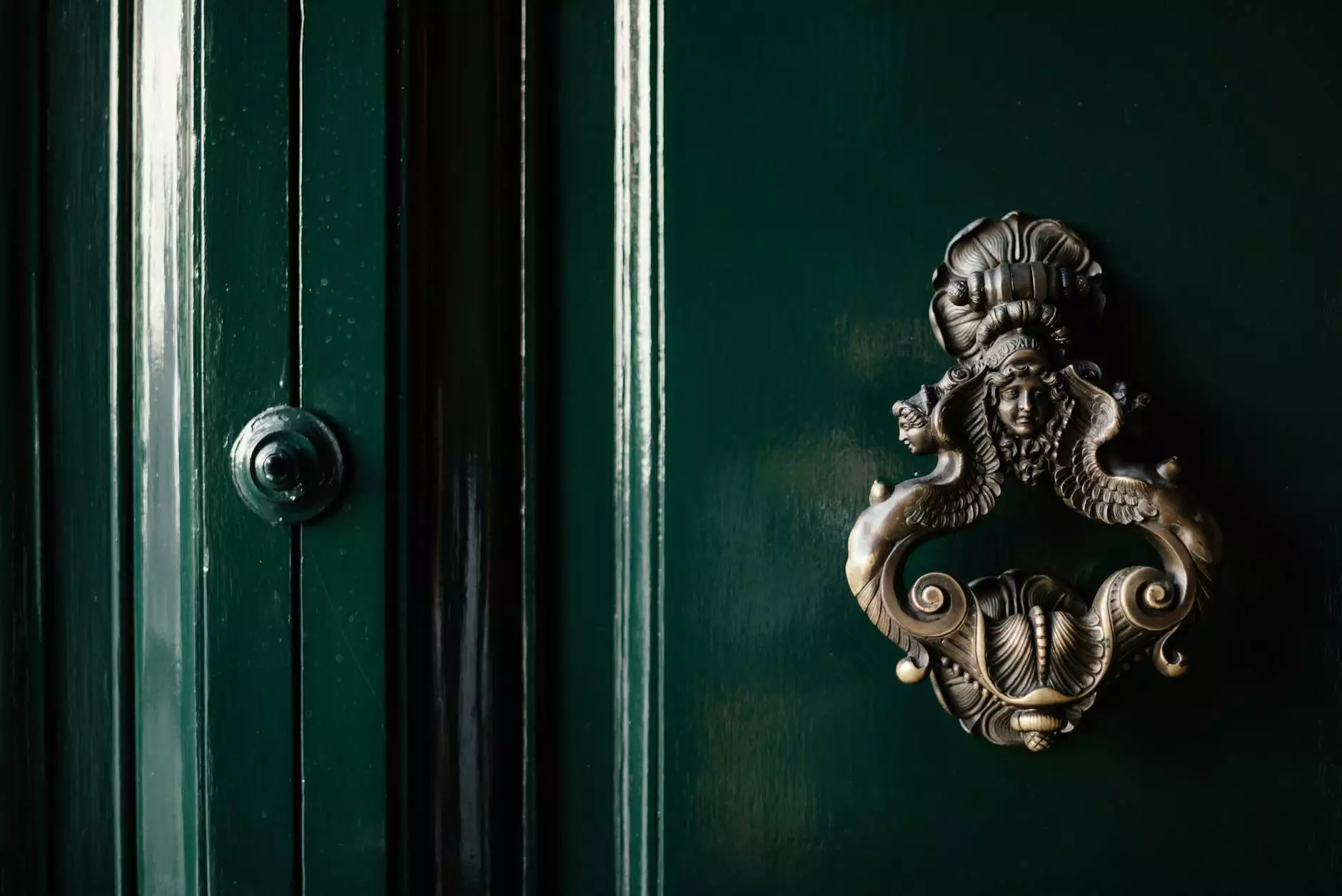Understanding the Power of Business Success Across Musicians, Interior Design, and Architects

In the world of commerce, success is often the result of a combination of innovative ideas, strategic planning, dedication, and a passion for one's craft. This is especially true across diverse industries like music, interior design, and architecture, where creativity seamlessly intertwines with business acumen. If you’ve been curious about how old is phoebe, or simply interested in understanding what makes thriving enterprises in these fields, this comprehensive guide will shed light on the vital factors driving growth and sustainability in modern business landscapes.
The Role of Creativity in Building a Successful Business
Creativity stands at the core of every successful venture in the realms of music, interior design, and architecture. It fuels innovation, distinguishes brands, and builds emotional connections with audiences and clients alike.
Musicians: Turning Passion into Profit
- Innovation in Sound: Musicians often gain a competitive advantage by exploring new genres, integrating technological advancements, or collaborating across genres to create unique soundscapes.
- Brand Development: Building a personal brand through social media, live performances, and strategic collaborations helps musicians reach wider audiences and monetize their talents effectively.
- Revenue Streams: Besides album sales and concerts, musicians generate income via merchandise, licensing their music, and even offering exclusive content through platforms like Patreon or Substack.
Interior Design: Creating Spaces that Sell
- Innovative Concepts: Successful interior designers understand how to blend aesthetics with functionality, offering clients customized solutions that enhance their lifestyle or brand image.
- Market Trends: Staying ahead of emerging trends like sustainable design, smart homes, and eco-friendly materials ensures a competitive edge.
- Client Relationships: Building trust and maintaining excellent communication are crucial for repeat business and referrals.
Architects: Shaping the Future of Urban Living
- Visionary Designs: Architects leverage creativity to solve complex problems, turning conceptual ideas into tangible, iconic structures.
- Sustainable Architecture: Emphasizing environmentally-friendly practices helps architects meet the growing demand for green buildings and reduces operational costs for clients.
- Strategic Business Planning: Managing projects, budgets, and timelines requires a rigorous approach that couples creativity with efficiency.
Key Factors Contributing to Business Growth in These Industries
Innovation and Adaptability
Businesses in music, interior design, and architecture thrive when they continuously innovate and adapt to changing market demands. Whether it's adopting new digital tools, integrating sustainable practices, or exploring new revenue streams, staying relevant is essential for long-term success.
Quality and Customer Focus
Delivering exceptional quality and prioritizing client satisfaction foster brand loyalty and facilitate positive word-of-mouth marketing. Building a reputation for excellence can significantly impact your business's growth trajectory.
Strategic Marketing and Branding
Effective marketing strategies, including social media campaigns, portfolio showcases, and public relations, are vital in elevating brand visibility. Personal branding, especially in creative industries, helps establish authority and credibility.
Leveraging Technology
The integration of cutting-edge technology—like virtual reality for architecture visualization, music production software, or 3D rendering tools—enhances productivity, creativity, and client engagement, providing a competitive advantage.
Building a Sustainable Business Model in Creative Industries
Creating a sustainable business model is crucial to ensure long-term profitability and resilience. Here are several strategies to consider:
- Diversification: Expand services or products to reduce dependency on a single income source.
- Networking: Cultivate relationships with industry peers, clients, and collaborators to open new opportunities.
- Brand Consistency: Maintain consistent messaging, visual identity, and quality standards across all platforms.
- Financial Planning: Effective budgeting, investment in quality tools, and savvy pricing strategies support stability and growth.
Case Studies: Exemplary Business Models in Music, Interior Design, and Architecture
Musician Turned Entrepreneur: The Digital Shift
Many successful musicians now operate as entrepreneurs by leveraging digital platforms. For example, an artist might release music on streaming services, monetize through concert tickets and merchandise, and use social media to foster a dedicated fan base. Building a brand around authenticity and consistent engagement plays a pivotal role in this transition.
Interior Design Firm: From Boutique to Global
Interior design firms that thrive often focus on niche markets like luxury homes or commercial spaces. By showcasing a portfolio online, integrating sustainable design principles, and offering comprehensive project management, they expand their reach and attract larger, high-profile clients.
Architectural Practice: Sustainability as a Business Pillar
Architect firms that integrate green building practices not only contribute positively to the environment but also attract clients interested in sustainable investments. These firms often become leaders in green architecture, build strong reputations, and secure ongoing contracts due to their expertise in eco-friendly solutions.
How 'He Old Is Phoebe' Relates to Business Longevity and Growth
While the question “how old is phoebe” appears unrelated at first glance, it can metaphorically relate to understanding business maturity and growth curves. Just as a person’s age reflects experience and development, a business’s age can indicate its maturity, resilience, and adaptability in a competitive environment.
Businesses like those in music, interior design, and architecture often see their evolution as a journey—gaining experience, refining their craft, and expanding their influence over time. The key takeaway? Persistence, innovation, and client focus are what transform a new venture into a long-standing, influential business. The age of a business or any entity reflects accumulated lessons, reputation, and a continual pursuit of excellence.
Conclusion: Building a Future-Ready Business in Creative Industries
In today’s fiercely competitive landscape, success in the music, interior design, and architectural sectors hinges on a blend of creativity, strategic planning, and embracing new technologies. Building a resilient and growth-oriented business requires a continuous commitment to quality, innovation, and excellent client service. Whether you are just starting out or looking to elevate your existing enterprise, understanding these core principles will help you navigate challenges and capitalize on opportunities.
Remember, exploring questions like “how old is phoebe” highlights the importance of maturity and experience — vital aspects of long-term success. As you develop your business, focus on cultivating your expertise, adapting to industry trends, and delivering exceptional value. The future belongs to those who innovate, persevere, and build meaningful connections with their audiences and clients.
Let your journey in the business world be characterized by continuous growth, strategic thinking, and unyielding passion. Your success story starts today, and with dedication and insights, you can outrank competitors and establish a brand that endures through time.









